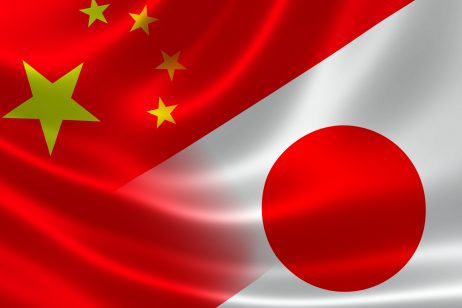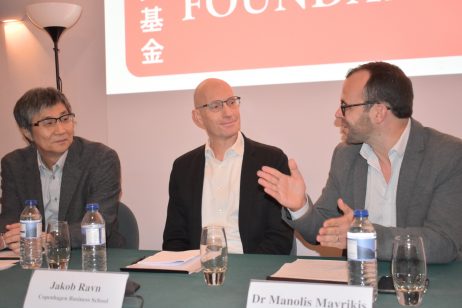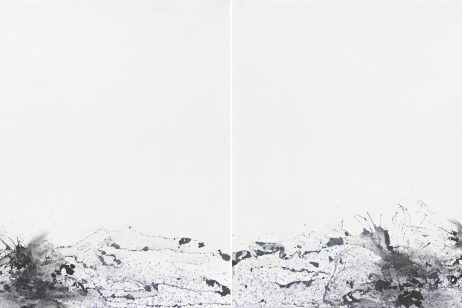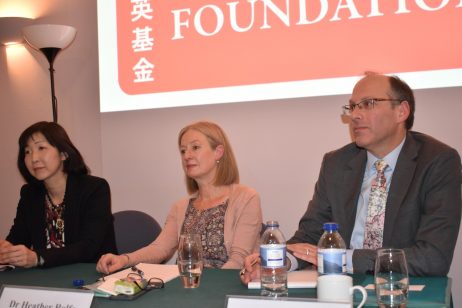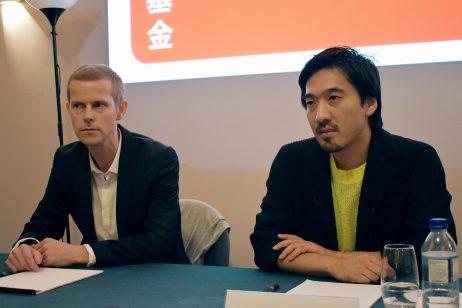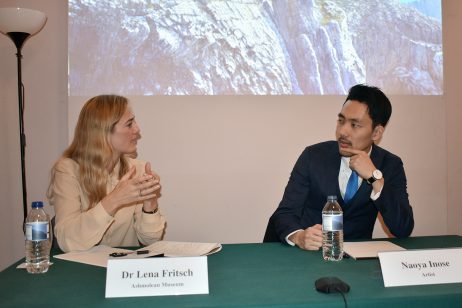27 November 2019
How Japan sees China
What does China’s Belt and Road Initiative (BRI) mean for Japan? China’s infrastructure investments in Asia, Africa, and Europe pose challenges to Japan’s political and economic influence, and yet it seems as though Tokyo has no choice but to accept the BRI system. In this talk, Dr Taku Tamaki explored the possibility of borrowing the ideas of Japanese philosopher Tetsurō Watsuji as a way to start conceptualising what BRI means for Japan. Watsuji’s idea of aidagara suggests that human existence comprises a complex web of inter-relationships involving subject-subject, as well as environment-subject, inter-relationships; thus we can view BRI as representing Japan’s aidagara with the international environment.
More info